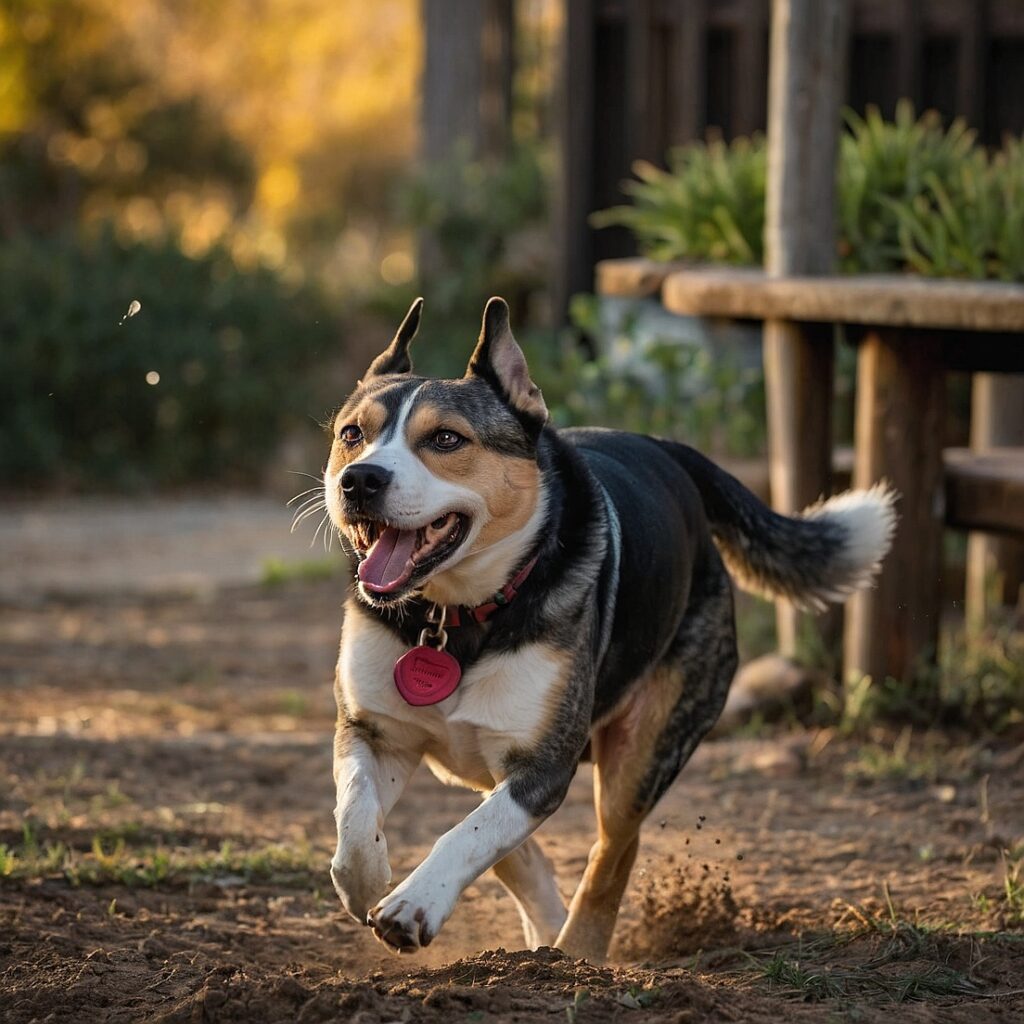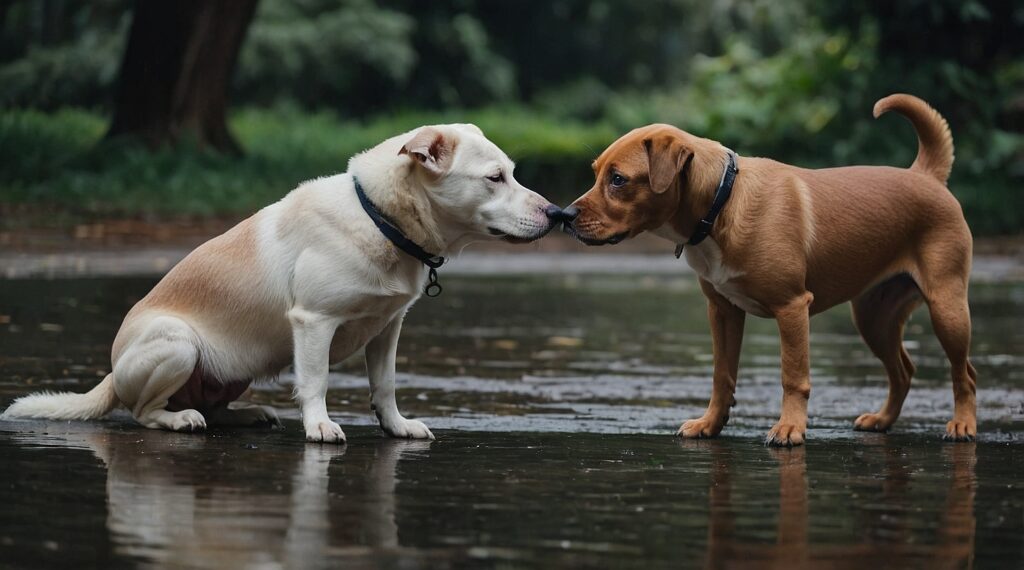Dealing with a reactive dog can be challenging and overwhelming for many pet owners. Whether your dog barks, lunges, or acts aggressively toward other dogs, people, or stimuli, it’s essential to understand the root of the issue and how to manage it effectively. This article will provide insight into what dog reactivity is, common causes, and practical tips to help manage and reduce reactivity in your dog.
What is Dog Reactivity?
Reactivity refers to a dog’s overreaction to certain triggers in its environment. This could be other dogs, strangers, moving vehicles, or even loud noises. Unlike aggression, which is rooted in the intention to cause harm, reactivity is usually based on fear, frustration, or anxiety. Reactive dogs may bark, growl, lunge, or exhibit other behaviors that make walks or interactions stressful for both the dog and the owner.
Common Signs of Reactivity:
- Excessive barking or growling
- Lunging at people, dogs, or objects
- Pulling on the leash when a trigger is present
- Erect posture with a stiff body
- Intense staring at the trigger
Causes of Reactivity in Dogs
Understanding what causes your dog’s reactivity is crucial for proper management. Here are some common causes of dog reactivity:
- Fear or Anxiety: Dogs that are fearful or anxious in certain situations may become reactive to protect themselves from perceived threats.
- Frustration: Dogs that cannot reach something they want to investigate, such as another dog or a person, may react out of frustration.
- Lack of Socialization: Dogs that haven’t been properly socialized may not know how to behave around certain stimuli, leading to reactivity.
- Past Trauma: Dogs that have had negative experiences in the past may react when faced with similar situations.
- Overstimulation: Some dogs become overwhelmed by too much activity or noise, leading to reactive behaviors.
Managing Your Dog’s Reactivity
Managing a reactive dog requires patience, consistency, and understanding. While reactivity can’t always be “cured,” you can help your dog learn to react more calmly in trigger situations. Here are some key strategies for managing reactivity:
1. Identify Your Dog’s Triggers
Start by observing your dog closely to understand what triggers their reactive behavior. Is it other dogs, loud sounds, or unfamiliar people? Once you know what causes the reactivity, you can work on desensitizing your dog to these triggers.
2. Create a Positive Association with Triggers
The goal of desensitization is to change how your dog feels about their triggers. Begin by exposing your dog to the trigger at a distance where they don’t react. Reward your dog with treats or praise when they remain calm. Gradually decrease the distance while continuing to reward good behavior. Over time, your dog will start associating the trigger with positive experiences rather than fear or frustration.
3. Teach Focus and Redirection
Training your dog to focus on you rather than the trigger can help prevent reactivity. Commands like “watch me” or “look” can encourage your dog to make eye contact with you when they see a trigger. Reward them with treats when they focus on you instead of reacting.
4. Use Management Tools
While working on your dog’s behavior, using management tools can help prevent unwanted reactions. Tools like head halters, front-clip harnesses, or calming aids can give you more control during walks and reduce the likelihood of your dog lunging or barking.
5. Implement Counter-Conditioning Techniques
Counter-conditioning works by changing the emotional response of the dog to the trigger. For example, if your dog reacts negatively to other dogs, you can give them a treat every time they see another dog before they react. Over time, the presence of other dogs will become a positive experience.
6. Create a Structured Environment
Structure and routine help reduce stress in reactive dogs. Set clear boundaries, create predictable schedules, and use consistent commands. This makes your dog feel more secure, which can reduce reactive behavior.
7. Consult a Professional
If your dog’s reactivity is severe or doesn’t improve with training, consulting a professional dog trainer or behaviorist can be extremely helpful. They can evaluate your dog’s behavior and develop a customized training plan to address the reactivity.

Preventing Reactivity in Dogs
While reactivity can be managed, prevention is always the best approach. Here are some tips to prevent reactive behavior from developing in your dog:
- Proper Socialization: Expose your dog to different environments, people, and other dogs from an early age. Ensure these experiences are positive and controlled.
- Basic Obedience Training: Commands like “sit,” “stay,” and “leave it” can help your dog stay calm in challenging situations.
- Positive Reinforcement: Reward good behavior regularly to reinforce calm responses to stimuli.
Final Thoughts
Dealing with a reactive dog can be stressful, but understanding the causes and employing effective management strategies can significantly reduce the behavior over time. Patience, consistency, and positive reinforcement are key to helping your dog learn how to react more calmly to their triggers. If you’re struggling with a reactive dog, remember that professional help is available, and with time, you and your dog can enjoy more peaceful and less stressful interactions.
FAQs about Reactive Dogs
Q: Can all reactive dogs be “cured”?
A: While some dogs may never fully overcome their reactivity, their behavior can often be managed and improved with proper training and techniques.
Q: Should I avoid other dogs and triggers entirely?
A: It’s best to avoid situations where your dog is likely to react while you’re working on desensitization. Gradually introduce them to triggers in a controlled environment.
Q: Will a shock collar help reduce reactivity?
A: Shock collars are not recommended for reactive dogs as they can increase fear and anxiety, worsening the problem. Positive reinforcement and professional training are more effective approaches.



